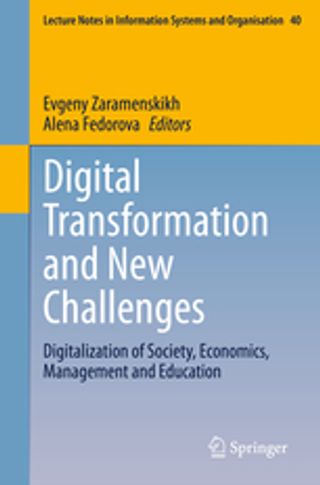?
Integration of Digital Services within the Framework of the Implementation of «Government as a Platform» (GaaP) Model on the Example of a Social Fund
The article considers the «Government as a Platform» (GaaP) model as an important part of the integration of digital governmental services, analyzes the features of the model, discusses the prospects for its practical application and demonstrates an example of a digital platform model. It reflects the potential for social organizations provided by GaaP model. Using the example of the transformation of a large social fund, it demonstrates the possibilities of applying the architectural approach to design of a digital platform that aggregates numerous digital services in organizations engaged in social security of citizens or certain groups of the population. Authors present a layered model of enterprise architecture created using the ArchiMate language.
In book
